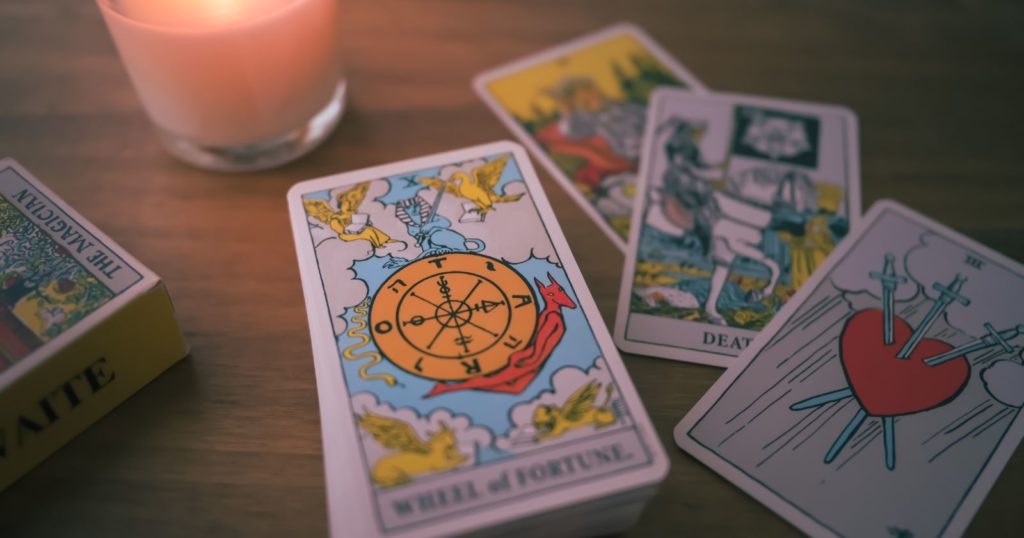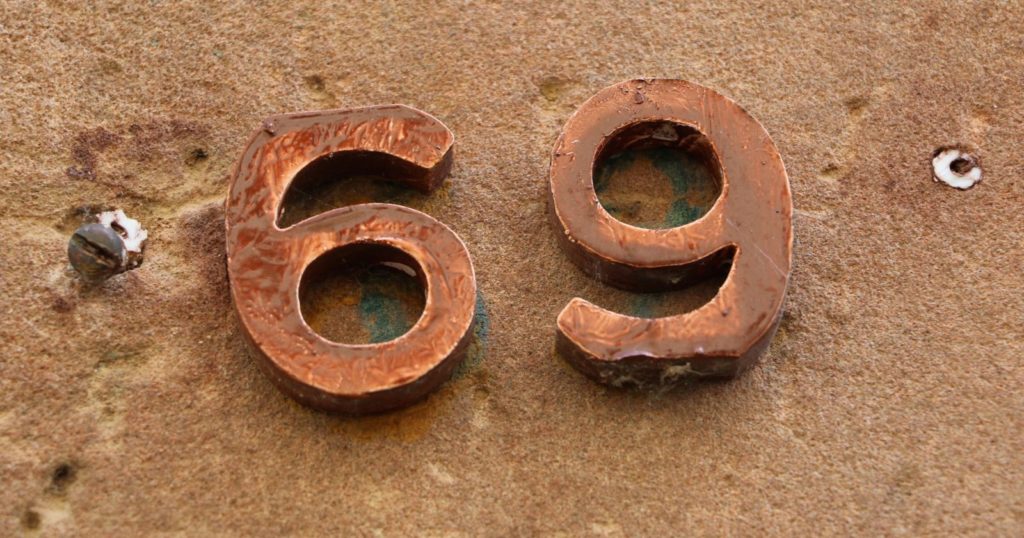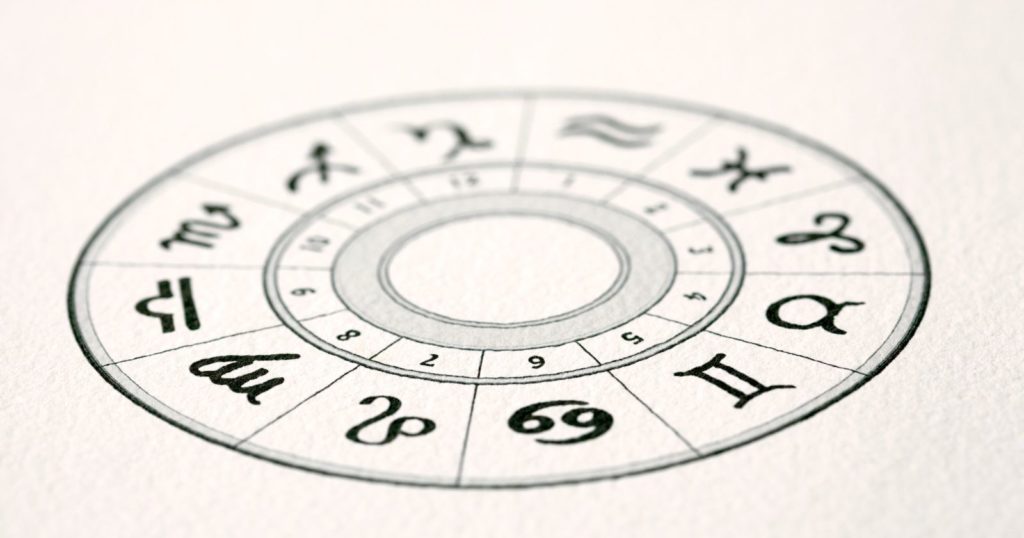1. The Historical Richness of the Four of Wands
The tarot, an intricate tapestry of symbolism and wisdom, has been employed as a tool for divination since its inception in the late 14th century. Within this vast panorama of archetypal symbols, the Four of Wands stands as a testament to both the communal and personal facets of existence.
Historians trace the origins of tarot cards to medieval Europe, specifically Italy, where they were initially played as card games. It wasn’t until later that these cards were infused with esoteric meanings and utilized for divination. The Four of Wands, with its imagery steeped in celebration and community, reflects the societal values of medieval Europe, where communal festivities and rites of passage were intrinsic to daily life.
The card’s depiction varies slightly across decks, but the central theme remains consistent: four wands, often bedecked with blooms or ribbons, erecting a celebratory canopy. Beneath this, there are usually figures dancing or celebrating. This tableau is a nod to harvest festivals, weddings, and other communal celebrations that marked a successful culmination of collective endeavors.
However, one might ask, “In a ‘yes or no’ reading, does the historical positivity of the Four of Wands lean towards a ‘yes’?” History offers a baseline, but the card’s meaning is not just a straightforward affirmation. Tarot, as a tool for introspection and guidance, operates in the realms of nuance and intuition. The historical context provides layers to the card’s interpretation but doesn’t dictate a singular answer.
2. Deep Symbolism: Beyond the Surface
Every tarot card is a complex interplay of symbols, numbers, and elemental associations. The Four of Wands is no exception, and its symbolism is a key to unlocking its message in any reading.
Firstly, the number “four” is crucial. In numerology and many cultural and spiritual traditions, the number four is synonymous with stability. It’s seen in the four corners of a structure, the four cardinal directions, and the four seasons. In the tarot, fours often suggest a foundation, a moment of pause, or a stable phase. So, when one encounters the Four of Wands, there’s an inherent suggestion of having reached a stable point, perhaps after a period of uncertainty or effort.
Then come the wands themselves. In tarot, wands correspond to the fire element, representing passion, initiative, and spirit. Wands are about our inner fire, our drive to create and transform. When combined with the stability of the number four, this card suggests a harmonious blend of stability and passion, of grounding and inspiration.
However, diving even deeper, the decorations on the wands – flowers, fruits, or garlands – are symbols of fruition and achievement. They indicate that not only has there been a solid foundation laid but also that this groundwork has borne fruit.
In a ‘Four of Wands Yes or No’ reading, this intricate web of symbols can be interpreted in various ways. It might be suggesting a “yes, and the foundation is strong,” or perhaps, “yes, but ensure you’re fueled by genuine passion.” As always, the exact message will depend on the question asked and the broader context of the reading.
Unpacking the rich symbolism of the Four of Wands reveals a card that speaks of both achievement and the path to get there. It reminds us that true success is not just about reaching a destination but also about the journey and the foundation upon which we build our dreams.
3. The Role of Intuition in Interpretation
Tarot, while grounded in a rich tapestry of symbols and traditions, is profoundly personal. Each reader brings their lens of interpretation, influenced by their experiences, beliefs, and intuitive insights. The Four of Wands, when drawn in a reading, does not merely communicate through its historical or symbolic essence but also resonates through the intuitive vibrations felt by the reader.
Intuition, often described as the “gut feeling” or the “inner voice,” is an innate human capability that transcends rational thinking. It’s the inexplicable knowing that sometimes guides us, even without concrete evidence or logical reasoning. In tarot readings, this intuitive aspect is paramount. While knowledge of card symbolism is essential, the true magic lies in the reader’s ability to connect with their intuition, allowing the cards to speak in the language of the soul.
When addressing the ‘Four of Wands Yes or No’ query, the reader must first recognize their intuitive response. Does the card evoke feelings of joy, caution, or perhaps nostalgia? Does it resonate differently based on past experiences or current circumstances? These intuitive nudges can offer insights that might not be immediately apparent from the card’s imagery or traditional interpretations.
Moreover, intuition plays a critical role when the card’s message seems ambiguous. The Four of Wands, with its themes of celebration and foundation, might appear straightforward. Yet, intuition could hint at underlying challenges, the need for patience, or perhaps a reminder to cherish the journey and not just the outcome.
In essence, while the Four of Wands carries with it a treasure trove of historical and symbolic meanings, it’s the reader’s intuition that breathes life into the card, making the message relevant, personal, and timely.
4. Four of Wands in Different Tarot Spreads
The beauty of tarot lies not just in individual cards but in how they converse with each other in a spread. The position and relationship of the Four of Wands within various spreads can provide layers of depth and nuance to its interpretation.
For instance, in the classic Celtic Cross spread, which provides a comprehensive view of a situation, the position of the Four of Wands can offer insights into different facets of the query. If the card appears in the “Present” position, it could signify current celebrations or a period of stability. In contrast, if it’s in the “Obstacles” position, it might hint at a challenge in achieving a stable foundation or perhaps a delayed celebration.
Another popular spread is the “Past, Present, Future” three-card layout. Here, the Four of Wands in the “Past” position could indicate previous achievements or foundational work done. In the “Future” position, it could suggest upcoming milestones or the need to focus on creating a solid base for future endeavors.
But beyond traditional spreads, the Four of Wands can be a focal point in custom spreads designed for specific questions. For instance, in a spread centered around relationships, the card could signify an upcoming engagement, a stable relationship phase, or perhaps the need for more celebratory moments with a partner.
In the ‘Four of Wands Yes or No’ context, its position in the spread is vital. A single-card pull might offer a more direct answer, but in larger spreads, its message is nuanced by surrounding cards. It could be a resounding “yes” backed by the strength of the foundation, or a “yes, but…” nudging you towards certain actions or considerations.
While the Four of Wands has its standalone significance, its true depth emerges when read in harmony with other cards, within the structure of a spread. Like a verse in a song or a chapter in a book, its meaning is both individual and part of a larger narrative, guiding seekers towards clarity and understanding.
Conclusion: The Multifaceted Luminescence of the Four of Wands
The journey into the heart of the ‘Four of Wands Yes or No’ question is akin to wandering through a historical maze, rich in symbolism, deeply intertwined with intuition, and dynamically evolving based on its position in various tarot spreads. As we’ve traversed the terrains of its historical underpinnings, delved into its symbolic labyrinth, embraced the ethereal realm of intuition, and explored its dialogue with other cards in diverse spreads, a holistic portrait of the Four of Wands emerges—one that is far more intricate than a mere binary answer might suggest.
This card, with its celebration and foundation themes, is a poignant reminder of life’s dualities. Life isn’t just about arriving at milestones but celebrating them; it’s not only about building but also ensuring what’s built resonates with our passions. The Four of Wands beckons us to recognize the balance between work and celebration, between laying foundations and reaping rewards, and between listening to age-old wisdom and trusting our intuitive pulses.
For anyone seeking guidance from the tarot, especially around the ‘Four of Wands Yes or No’ question, it’s imperative to remember that answers aren’t always straightforward. They’re layered, multifaceted, and sometimes, enigmatic. But within this complexity lies the beauty of tarot. It doesn’t just provide answers—it offers insights, reflections, and a mirror into the depths of our souls.
In the grand tapestry of tarot, the Four of Wands is but a single thread, yet it embodies a profound lesson. It tells us that in life, as in tarot, answers aren’t always black or white. They exist in shades, hues, and tones, each adding depth, wisdom, and color to our journey. As seekers, readers, or mere enthusiasts, may we always be open to the myriad of messages the Four of Wands and the broader tarot universe whispers to our hearts.
Resources:
- Pollack, Rachel. “Seventy-Eight Degrees of Wisdom.” Weiser Books.
- Waite, A. E. “The Pictorial Key to the Tarot.” Dover Publications.
- Greer, Mary K. “Tarot for Your Self: A Workbook for Personal Transformation.” New Page Books.




